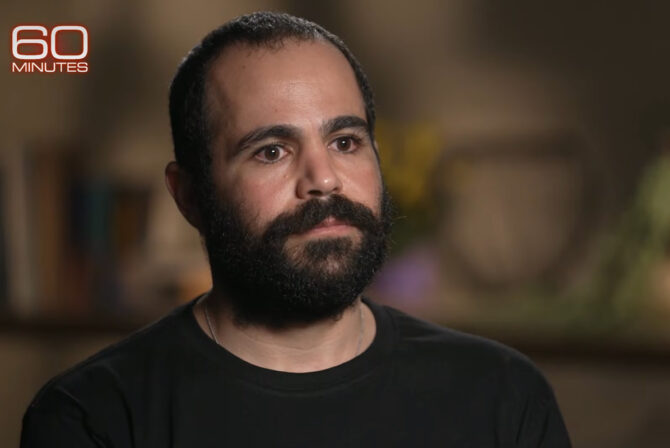On a
Shabbos
morning some months ago, my husband, fatigued by minor surgery he had the day before, left the service in the main sanctuary of the synagogue and went into the small, empty chapel downstairs. He lay down on his back on a pew and closed his eyes. Soon, he told me, he heard the voices of young children.
“Do you think he’s dead?”
“He might be sleeping.”
“If he’s here next week, he’s dead.”
After I finished choking with laughter, I expressed surprise that the kids seemed to have no fear of a (possible) dead man in shul.
I was reminded of this story by a discussion we had at the seder on Passover. A young father was grappling with how to teach children the more morbid stories in the Jewish tradition. There are indeed many deaths and lots of blood and gore in the
Pesach
and
Purim
stories his son had just encountered as a 3.5-year-old in a Jewish preschool. In fact, a large part of the Jewish canon is filled with stories that can make us uncomfortable with their portrayal of violence, perpetrated not only by Jews and other nationalities, but by God himself. Murder of the innocent, genocide, bad guys…come to think of it, it sounds just like a video game.
Think, too, about nursery rhymes. When my kids were little, I had a beautiful book of Mother Goose rhymes that my older daughter loved and memorized at a very young age. We didn’t talk about what really happened to the baby when the bow broke, or that “ashes, ashes, all fall down,” meant that everybody died. How about the Disney books and movies for little kids? Poor Bambi’s mother gets shot and Mrs. Jumbo, Dumbo’s mom? Locked up forever for defending her son! (That one still upsets me.) And the Greek and Nordic myths I read my children also have sinister characters and macabre narratives.
In “The Uses of Enchantment: The Meaning and Importance of Fairy Tales,” child psychologist Bruno Bettelheim famously analyzed the impact those scary stories had on young children: legends like those of wicked stepmothers ready to throw kids into a fire (“Hansel and Gretel”), or have a beautiful rival killed (“Snow White”), wolves who eat grandmothers (“Little Red Riding Hood”), and the many other frightening and gruesome tales which have been repeated across time and cultures.
So, how do we handle the concepts of injury, abandonment, and death when we read fairy tales, myths, and bible stories to our kids? How will it affect them? At what age is it appropriate to introduce distressing material? Do the differences in genre make a difference? In what way? If we believe that the bible is “true,” does it make these themes easier or harder to explain and accept? And specifically regarding the Hebrew bible, how do we deal with a hero who brings horrible plagues on an entire people and an often angry, destructive, vengeful God?
The stories do seem integral, in some way, to the experience of childhood itself. I don’t recall struggling as a young mother to explain these stories and how to handle the dread and fear they were capable of provoking but somehow didn’t. I don’t remember my kids being upset and my grandkids seem to take them in stride, too.
And although our family is observant, and prayer is integral to my own religious practice, I realize that I never addressed how I related, and how my kids might relate, to the bible’s God–a character who is frequently pissed off at one thing or another.
Meanwhile, death, destruction, despair…sweet dreams, everyone.
Like this post? Get the best of Kveller delivered straight to your inbox.







